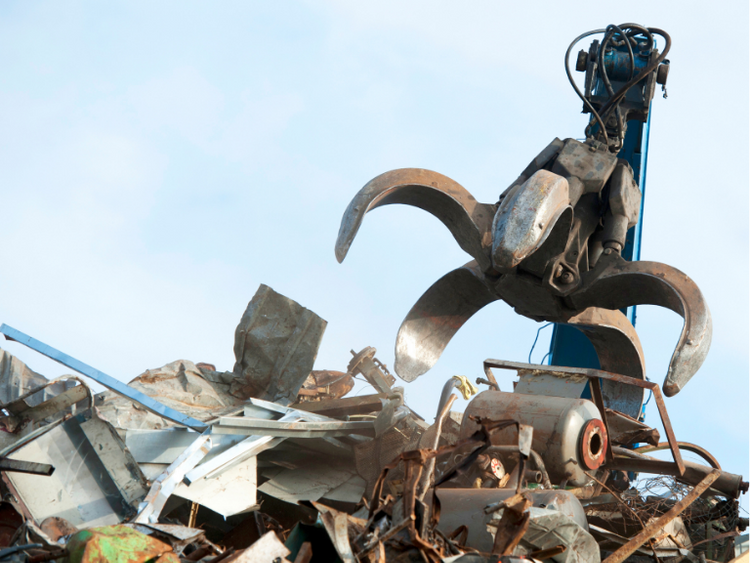Market

July 16, 2024
U.S. scrap prices hold steady amid market downturn, bucking industry expectations
Written by Stephanie Ritenbaugh
Prices for U.S. scrap settled sideways month over month across the Great Lakes and Ohio Valley regions, according to Recycled Metals Update’s parent company CRU.
That’s not too surprising given the recent bearishness in domestic markets. Just last week, most industry insiders predicted a reduction in prices.
One Detroit-area EAF mill entered the July market with prices of $360/gt for Busheling, a decrease of $20/gt but sellers resisted the decrease. They bought shredded scrap at $385/gt and plate & structural scrap at $325/gt, respectively, maintaining their previous levels.
CRU said slower inbound traffic to scrap yards, as well as reduced prime grade production due to seasonally lower automotive output, supported prices.
Most folks believe the U.S. market may have reached a bottom as we weather the typical seasonal downswing, and mills begin restocking in the fall.
On the non-ferrous side, copper prices saw increases from March to May, followed by a correction in June. Near-term prices are expected to decline, reflecting a softer demand outlook in China. However, a price rebound is anticipated later this year as fundamentals improve, potentially stabilizing the market for recycled metals.
Looking at the broader economy, the Consumer Price Index dropped 0.1% on a seasonally adjusted basis, after being unchanged in May, the U.S. Bureau of Labor Statistics (BLS) reported. This is welcome news for consumers, who saw the first drop since the beginning of the pandemic and helps bolster the case for the Federal Reserve to begin cutting interest rates in September, making borrowing costs cheaper.
The BLS also found that the Producer Price Index for final demand advanced 0.2% in June, seasonally adjusted. Final demand prices were unchanged in May and increased 0.5% in April. Though the PPI, which measures the selling prices received by domestic producers of goods and services, rose slightly, it doesn’t seem to change expectations on interest rate cuts.
Edward Meir, an analyst for the New York-based brokerage firm Marex, noted the relative stability in the commodity price index. In our view, RMU believes this may imply that the recycled metals market might not see significant fluctuations in pricing. However, lower energy prices could reduce operational costs for scrap metal processors, improving their margins.
Meir also noted that a decline in prices for aluminum, copper, lead, nickel and zinc suggests a lower demand for primary metals. This could lead to decreased prices for recycled metals, as it often follows the trend of primary metal markets. Scrap dealers might face tighter margins and reduced profitability.
Recall last week that the U.S. and Mexico announced measures to prevent tariff evasion and protect North America’s steel and aluminum industries, which was praised by the industry.
President Joe Biden decreed that steel imports from Mexico again be subject to 25% Section 232 tariffs – unless the products are melted and poured in Mexico, the U.S., or Canada. The move also includes a smelt-and-cast requirement for aluminum imports from Mexico: any product from Mexico whose “primary country of smelt, secondary country of smelt, or country of most recent cast” is China, Russia, Belarus, or Iran will be subject to 10% 232 duties upon entering the U.S.






